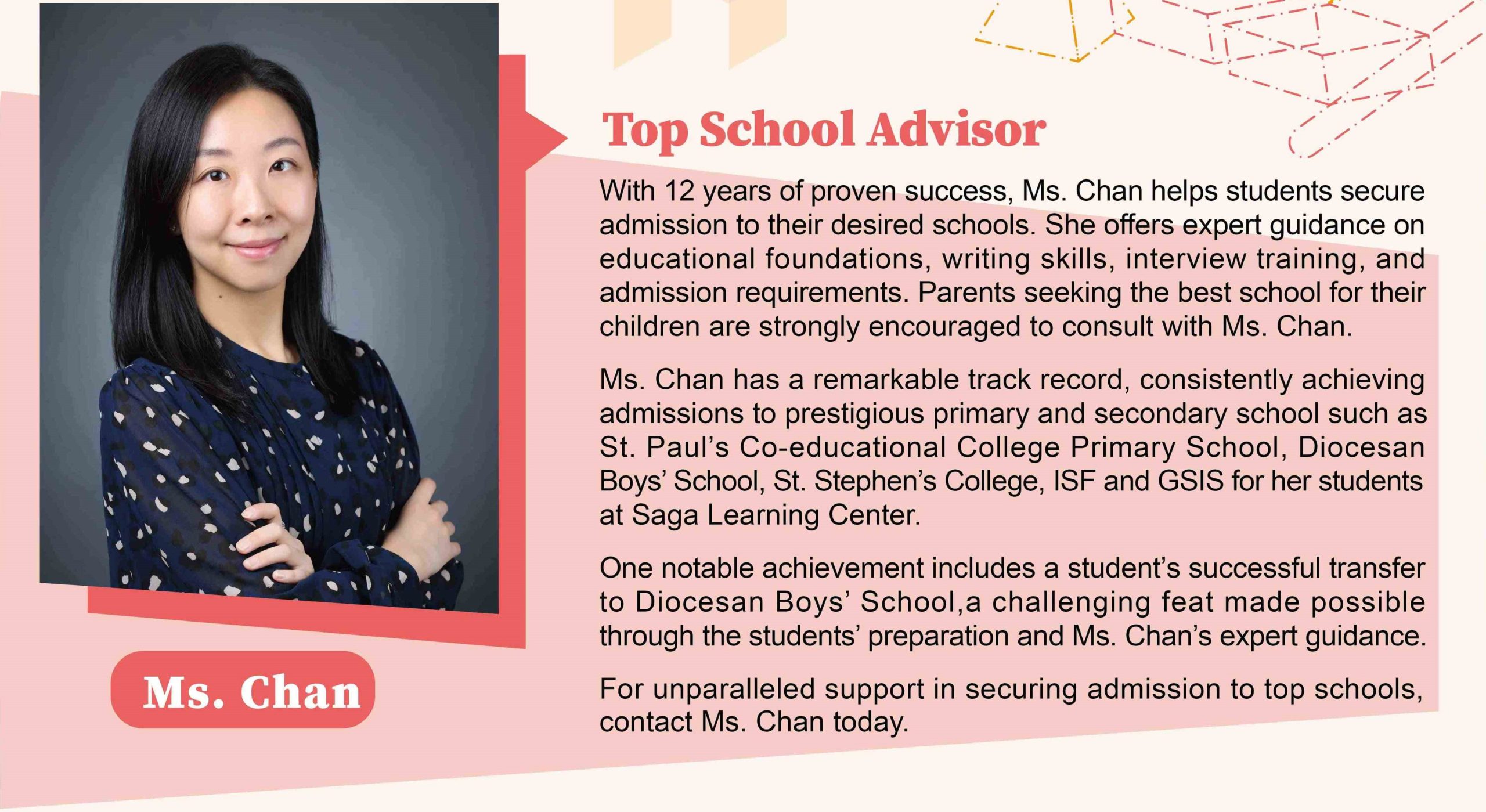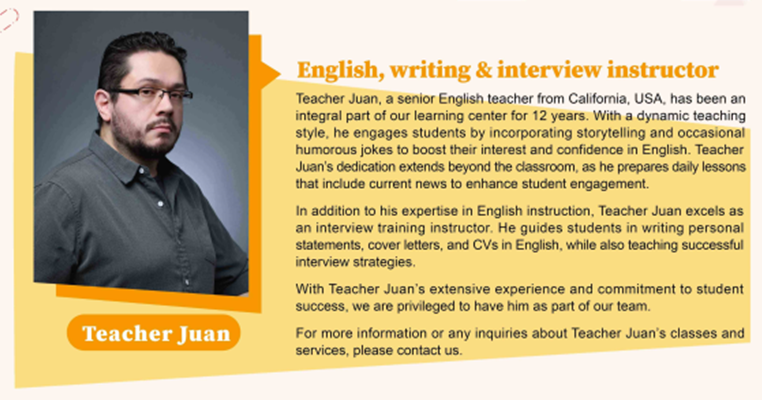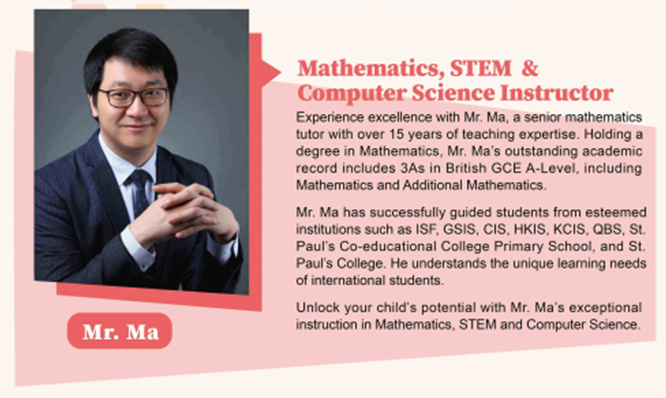School Transfer Services
Hong Kong Education
Hong Kong offers “15 years of free education,” and its comprehensive education system enjoys a good reputation both in Asia and globally, with its academic standards and teaching quality widely recognized. The education system in Hong Kong emphasizes academic knowledge and learning outcomes, with traditional examinations at its core. Students must undergo a series of standardized tests to assess their academic levels, such as the Hong Kong Diploma of Secondary Education (HKDSE), which serves as a primary reference for university admission for high school graduates.
The early childhood education system in Hong Kong is designed for children aged three to six years. It consists of nursery classes, lower classes, and upper classes. Most kindergartens offer half-day programs, although a few also provide full-day programs. All kindergartens in Hong Kong are privately operated, managed by voluntary organizations or private entities, and are classified into two types: “non-profit” and “private independent.”
The primary education system in Hong Kong lasts six years and offers three modes: morning, afternoon, and full-day classes. Most primary schools operate on a full-day basis, with Chinese as the primary medium of instruction and English as the second language. Primary schools can be divided into three main categories:
- Public primary schools
- Direct Subsidy Scheme primary schools
- Private primary schools
The government implemented educational reform in 2009, introducing a new senior secondary school system. Currently, Hong Kong’s secondary education follows a six-year system, with students taking the Hong Kong Diploma of Secondary Education (HKDSE) examination in Form Six to gain admission to local subsidized universities. This is commonly referred to as the “334 system,” which consists of three years of junior secondary education, three years of senior secondary education, and four years of university education.
According to the classification by the Hong Kong Education Bureau, secondary schools in Hong Kong are divided into the following types based on their funding and sponsoring organizations:
- Government secondary schools
- Subsidized secondary schools
- Direct Subsidy Scheme secondary schools
- School-based subsidy secondary schools
- Private secondary schools
- Private independent school scheme schools
In addition to local schools, Hong Kong actively develops international schools, which fall under the category of private schools. International schools primarily offer education based on international curricula to meet the needs of expatriate families residing in Hong Kong or settling in the city due to work and investment. Since students come from all over the world, these schools provide multilingual and diverse curricula and teaching methods. Both local and expatriate families’ children can enroll in international schools.
The government is closely monitoring the situation of children and youth arriving in Hong Kong to ensure that there are sufficient school places and support services to meet their educational needs. At the same time, it will continue to provide support services for these children and youth to help them integrate into the local school system as quickly as possible. These services include:
- Assistance with school enrollment
- Curriculum adaptation
- Initiation programs
- School-based support program subsidies
- Dependent Visa: Spouses of foreign nationals and unmarried children under the age of 18 can apply, provided they prove their relationship.
- Study Qualifications: Dependents can study in Hong Kong without needing a separate student visa.
- School Choices: They can enroll in all types of schools, including government, subsidized, and private schools.
- Duration of Stay: The stay of dependents is linked to the main applicant, and they can apply for visa extensions.
- Permanent Residency: After residing in Hong Kong for seven years, they may apply for permanent residency.
St. Stephen’s College
St. Paul’s Co-Educational College
Diocesan Boys’ School
Diocesan Girls’ School
Po Leung Kuk Ngan Po Ling College
United Christian College (Kowloon East)
Pui Kiu Middle School
Hong Kong Adventist Academy
Li Po Chun United World College of Hong
Harrow International Hong Kong
School Transfer Application Service

- Consusltation and assessment
- School selection and preparation of required documents
- Applying to schools
- Training programme
- Preparing for entrance exams
- Admission and Registration



